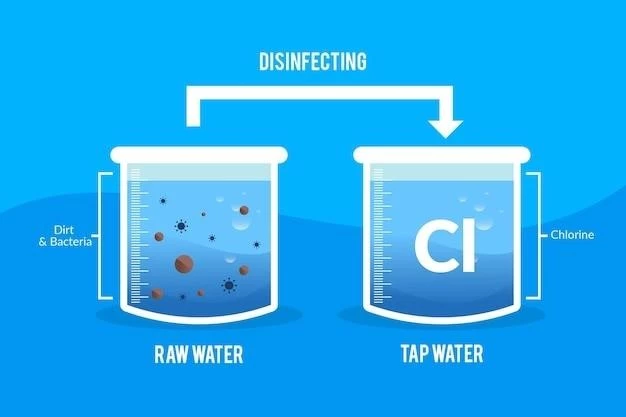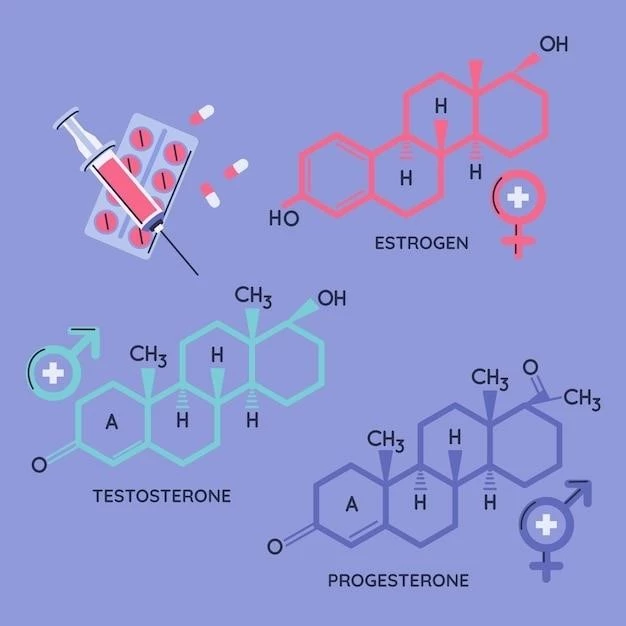Learn about 3-Hydroxyisobutyric Aciduria, a rare genetic disorder impacting metabolism. Understanding its causes, symptoms, diagnosis, treatment, and management is crucial.
Understanding 3-Hydroxyisobutyric Aciduria
3-Hydroxyisobutyric Aciduria is a metabolic disorder causing the body to improperly break down the amino acid valine. This leads to the accumulation of toxic compounds in the blood, impacting overall health. Understanding the biochemical pathways and how this condition affects the body’s metabolism is crucial in managing the symptoms and seeking appropriate medical interventions. It is essential to work closely with healthcare professionals to develop a comprehensive treatment plan that addresses the unique needs of individuals with this rare genetic disorder.
Causes of 3-Hydroxyisobutyric Aciduria
Genetic mutations affecting enzymes involved in valine metabolism are the primary cause of 3-Hydroxyisobutyric Aciduria. Understanding these underlying genetic factors is essential for accurate diagnosis and treatment.
Genetic Mutation
3-Hydroxyisobutyric Aciduria is caused by mutations in the ACAT1 gene٫ which provides instructions for making the enzyme involved in valine metabolism. These mutations impair the enzyme’s function٫ leading to the accumulation of harmful substances in the body. Genetic testing is vital for identifying these mutations and understanding the specific genetic factors contributing to this metabolic disorder. Consult a genetic counselor for guidance on genetic testing and interpretation of results to better manage this condition.
Symptoms and Diagnosis of 3-Hydroxyisobutyric Aciduria
Recognizing symptoms like developmental delays, seizures, and metabolic acidosis is crucial for timely diagnosis and management. Seek medical evaluation if these signs are present.
Common Symptoms
Common symptoms of 3-Hydroxyisobutyric Aciduria include poor feeding, vomiting, lethargy, developmental delays, seizures, and metabolic acidosis. Recognizing these signs early is essential for prompt diagnosis and initiation of appropriate treatment. If you or your child experience these symptoms, consult a healthcare professional for further evaluation and management.
Diagnosis
Diagnosing 3-Hydroxyisobutyric Aciduria involves genetic testing٫ urine organic acid analysis٫ and blood tests to detect elevated levels of specific compounds. Early detection is key for optimal treatment outcomes. Consult with a healthcare provider to discuss appropriate diagnostic tests based on symptoms and family history.
Treatment Options for 3-Hydroxyisobutyric Aciduria
Medical interventions like specialized diets and supplementation can help manage symptoms and improve quality of life for individuals with this condition. Consult healthcare professionals.
Medical Interventions
Medical interventions for 3-Hydroxyisobutyric Aciduria focus on managing symptoms through specialized diets low in valine and supplementation with carnitine or Coenzyme Q10. Regular monitoring and coordination with a metabolic specialist are essential for optimizing treatment outcomes. Explore personalized treatment options with your healthcare team to address the unique needs associated with this metabolic disorder.
Research Advances in 3-Hydroxyisobutyric Aciduria
Stay informed about the latest research on treatment strategies, genetic discoveries, and potential therapies to better manage 3-Hydroxyisobutyric Aciduria. Discuss findings with healthcare providers.
Current Research
Ongoing research into 3-Hydroxyisobutyric Aciduria focuses on exploring novel therapeutic approaches, understanding disease mechanisms at the molecular level, and identifying potential biomarkers for early detection. Keeping up-to-date with these advancements can provide valuable insights into future treatment options and improved management strategies for individuals affected by this rare metabolic disorder. Engage with healthcare professionals and research institutions to stay informed about the latest developments in the field.
Genetic Factors in 3-Hydroxyisobutyric Aciduria
Understanding the inheritance patterns and genetic mutations associated with 3-Hydroxyisobutyric Aciduria is crucial for diagnosis and treatment decisions. Consult genetic specialists for guidance.
Inheritance Patterns
3-Hydroxyisobutyric Aciduria is inherited in an autosomal recessive manner, meaning that both parents must pass on a mutated gene for the child to develop the disorder. Understanding the genetic inheritance pattern is essential for family planning and genetic counseling. If you have a family history of this condition, consider genetic testing and counseling to assess the risk of passing it on to future generations.
Management Strategies for 3-Hydroxyisobutyric Aciduria
Implement lifestyle modifications, adhere to specialized diets, and follow prescribed medical interventions for optimal management. Collaborate with healthcare providers for tailored care.
Lifestyle Modifications
Adopting lifestyle modifications like regular physical activity, avoiding trigger foods, staying hydrated, and maintaining a balanced diet can complement medical interventions for managing 3-Hydroxyisobutyric Aciduria. Prioritize self-care and holistic approaches to enhance overall well-being while navigating the challenges associated with this metabolic disorder.

Support and Resources for Individuals with 3-Hydroxyisobutyric Aciduria
Connect with support networks, seek guidance from healthcare professionals, and utilize available resources to navigate challenges and enhance overall quality of life. Remember, you are not alone in managing this condition.
Support Networks
Joining support networks can provide valuable emotional support, practical advice, and a sense of community for individuals and families affected by 3-Hydroxyisobutyric Aciduria. Connecting with others facing similar challenges can help alleviate feelings of isolation and empower you to navigate this rare metabolic disorder with resilience. Explore online forums, local support groups, and advocacy organizations to access a network of support tailored to your specific needs.
